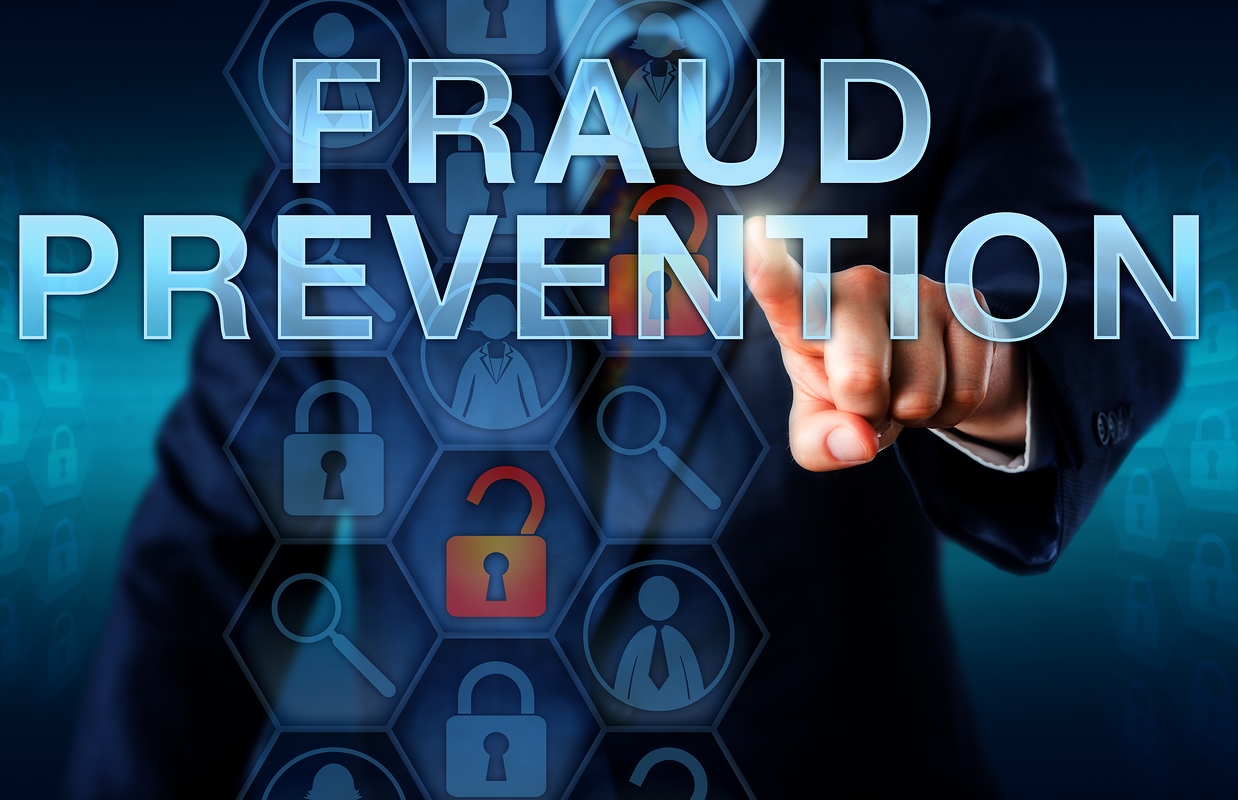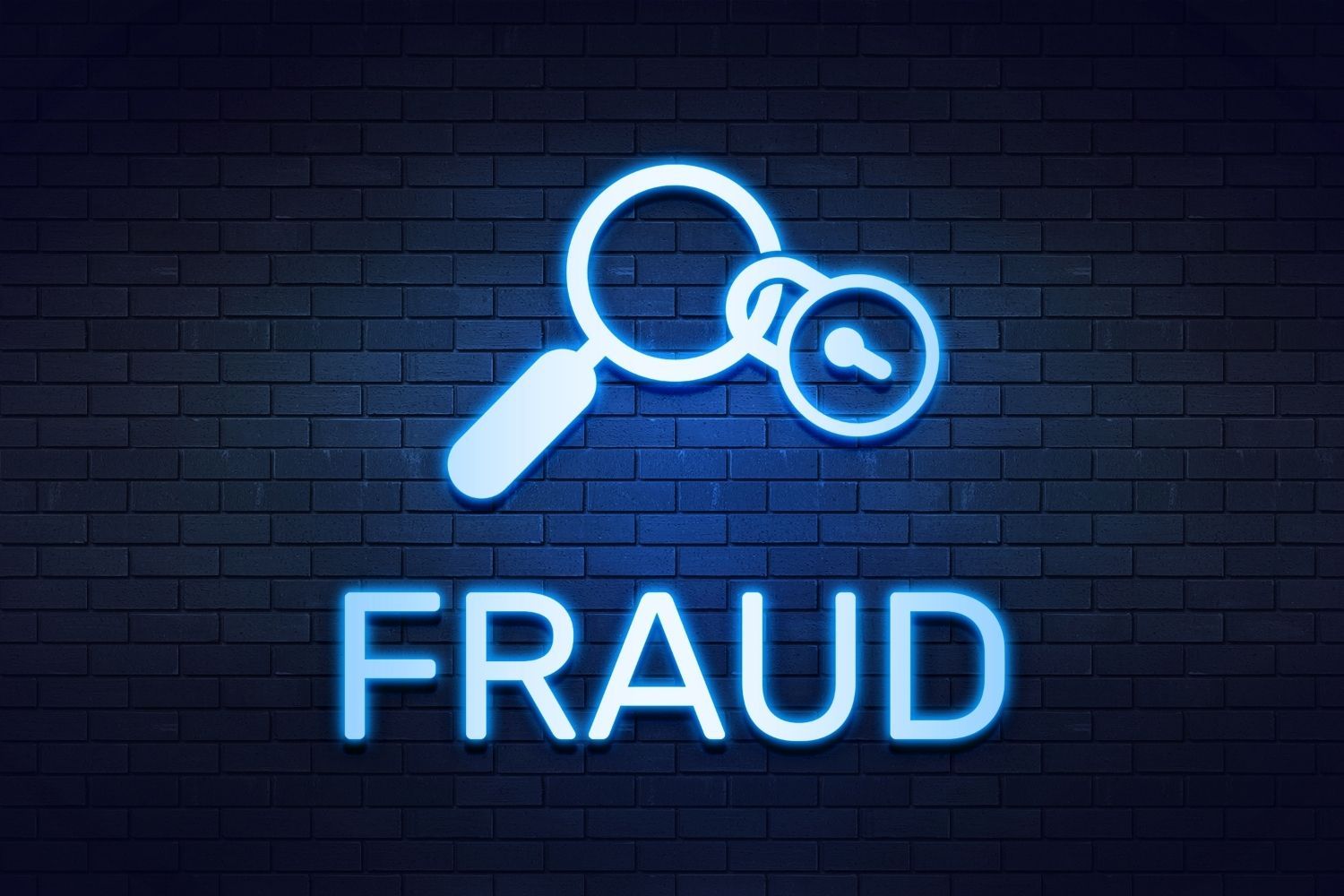The landscape of modern commerce is rife with challenges that can undermine the integrity of operations. To thrive in such an environment, it is essential to explore robust methods that enhance resilience against various malevolent actions. Small missteps can lead to significant ramifications, making it imperative to delve into innovative practices that reinforce the foundation of any venture.
As organizations expand their reach and interact with a multitude of clients and vendors, the necessity for vigilance becomes paramount. Adopting comprehensive measures to mitigate risks is crucial for sustaining growth and maintaining trust among stakeholders. This pursuit not only safeguards resources but also cultivates a stable atmosphere where prosperity can flourish.
Various components contribute to an effective shield against financial misconduct. By examining different techniques and tools, one can create a fortified environment that minimizes exposure to potential threats. Embracing a proactive mindset will empower enterprises to navigate complex landscapes while ensuring longevity and success in today’s competitive markets.
Identifying Common Types of Fraud
In the current landscape, it’s crucial for organizations to be aware of the various deceptive practices that can undermine their integrity and financial stability. By being informed about the different forms of these illicit activities, enterprises can better prepare themselves to counteract potential threats. A thorough comprehension of these schemes enables a proactive approach in maintaining operational security.
1. Identity Theft: This occurs when an individual’s personal information is stolen and used without consent, often leading to unauthorized transactions. Victims may experience significant financial losses and reputational damage.
2. Account Takeover: Here, a fraudster gains access to a victim’s account, frequently through phishing or credential stuffing, and executes transactions or alters account settings.
3. Payment Fraud: This type encompasses various tactics aimed at deceiving payment systems, including the use of stolen credit cards, fake checks, or chargebacks initiated without valid reasons.
4. Invoice Scams: Scammers may create fraudulent invoices for goods or services that were never rendered, luring businesses into processing these fake claims for payment.
5. Phishing Attacks: By impersonating legitimate entities, these attacks trick individuals into providing sensitive information. Modern variations include spear phishing, which targets specific individuals or organizations.
6. Synthetic Identity Fraud: This sophisticated method involves combining real and fictional information to create a new identity, often used to open accounts and commit financial crimes.
Recognizing these prevalent forms of deceit is essential for organizations. Through increased awareness, they can implement appropriate countermeasures to minimize risks and enhance overall resilience.
Implementing Technological Solutions
In an increasingly digital landscape, the integration of advanced technologies has become essential in defending against illicit activities. Organizations are now leveraging innovative tools and systems to enhance their security frameworks and fortify their operational integrity. The adoption of these solutions not only mitigates risks but also streamlines processes for seamless functionality.
Several key technological tools serve as vital components in this effort. Below is a table that highlights some of the most effective solutions currently in use:
| Technology | Description | Benefits |
|---|---|---|
| Machine Learning | Algorithms that analyze patterns and detect anomalies in data. | Enhanced detection of unusual activities and adaptive learning. |
| Biometric Authentication | Verification methods based on unique biological traits. | High level of security through personal identification. |
| Encryption | Encoding information to prevent unauthorized access. | Data integrity and confidentiality assurances. |
| Cloud Security Solutions | Protection mechanisms for data stored on cloud platforms. | Scalability and remote accessibility with robust security measures. |
Implementing these cutting-edge technologies not only enhances vigilance but also fosters a culture of security awareness within the organization. By prioritizing innovation, companies can significantly reduce vulnerabilities and build a resilient framework for future operations.
Employee Training and Awareness Programs
In today’s rapidly evolving landscape, the significance of equipping staff with the right knowledge and skills cannot be underestimated. Empowering employees through comprehensive education initiatives enables organizations to create a vigilant workforce prepared to identify and respond to potential challenges. These programs should focus on fostering a culture of awareness, encouraging proactive behavior and vigilance among team members.
Effective training programs encompass a variety of elements designed to address the critical aspects of security and risk management. Regular workshops, interactive sessions, and engaging materials can heighten awareness and enhance overall competency. Below is a summary of essential components that should be included in effective training sessions:
| Training Component | Description |
|---|---|
| Risk Identification | Teaching staff how to recognize warning signs associated with potential threats. |
| Reporting Mechanisms | Providing clear guidelines for reporting suspicious behavior or incidents. |
| Scenario-Based Learning | Using real-life scenarios to illustrate possible situations and appropriate responses. |
| Policy Overview | Ensuring all team members understand the organization’s policies and procedures related to security. |
| Continuous Education | Encouraging ongoing learning to keep staff updated on the latest trends and techniques. |
By implementing comprehensive educational programs, organizations can build a resilient workforce capable of mitigating risks and navigating challenges more effectively. A knowledgeable team not only contributes to a safer environment but also enhances the overall performance of the organization.
Establishing Robust Policies and Procedures
Creating a strong framework for operations is essential for maintaining integrity within an organization. A comprehensive set of guidelines not only sets expectations for employees but also establishes a culture of accountability. By implementing solid practices, an entity can significantly diminish its vulnerability to various risks that could undermine its credibility.
Key Components of Effective Policies
The following elements are crucial for developing effective guidelines:
- Clarity: Ensure that the language used in policies is straightforward and understandable by all staff members.
- Consistency: Apply the guidelines uniformly across all departments to avoid confusion and discrimination.
- Compliance: Align policies with local laws and regulations to safeguard legal standing.
- Training: Incorporate regular training sessions to familiarize employees with the established frameworks and their importance.
Review and Adaptation Process
Maintaining the relevance of these guidelines requires regular evaluation and updates:
- Conduct periodic assessments to identify areas for improvement.
- Engage employee feedback to gain insights on practical challenges encountered.
- Stay informed about emerging threats and adjust policies to address new risks effectively.
By committing to a robust set of procedures and continuously refining them, an organization can create a resilient environment that promotes ethical conduct and enhances overall operational effectiveness.
Monitoring Financial Transactions Regularly
Keeping a close eye on monetary exchanges is essential for ensuring stability and integrity in any operation. Consistent tracking allows for early identification of discrepancies and anomalies that could indicate underlying issues. This practice not only aids in maintaining accurate records but also boosts confidence among stakeholders.
Establishing a routine for examining financial activities can yield multiple benefits:
- Enhanced accuracy in financial reporting
- Reduction in errors that may lead to significant losses
- Quick detection of unauthorized activities
- Improved overall financial management
To implement effective monitoring, consider the following steps:
- Schedule regular reviews of all transaction records.
- Utilize software tools that provide real-time analysis of financial data.
- Train personnel to recognize patterns that may indicate irregularities.
- Establish clear protocols for investigating suspicious transactions.
By adopting a proactive approach to surveillance, organizations can foster a healthier financial environment, mitigating the risks associated with unexpected irregularities.
Collaborating with Law Enforcement Agencies
Building strong connections with local enforcement bodies is essential in addressing illicit activities that may threaten operational integrity. Such partnerships can enhance awareness and facilitate timely intervention when suspicious behavior is detected.
Establishing collaboration can offer several advantages:
- Access to resources and expertise in crime analysis and investigative techniques.
- Improved communication channels for reporting incidents and receiving updates.
- Opportunities to participate in training sessions and workshops on security measures.
To effectively work together, consider the following steps:
- Initiate contact with local law enforcement to introduce your organization and express your commitment to maintaining security.
- Identify key officers or units that specialize in economic crimes or related areas.
- Organize regular meetings to discuss emerging threats and potential collaborative initiatives.
- Share information on incidents or trends that could be of interest to law enforcement, fostering a two-way information exchange.
- Encourage participation in community outreach programs to promote awareness and deterrence of illicit activities.
By fostering robust cooperation, entities can not only enhance their security posture but also contribute to a safer environment for the wider community.
Q&A: What is fraud prevention
What are the most common types of fraud businesses face today?
Businesses today face various types of fraud, including identity theft, credit card fraud, phishing scams, and invoice fraud. Identity theft occurs when someone unlawfully uses someone else’s personal information for financial gain. Credit card fraud involves unauthorized transactions made with stolen credit card information. Phishing scams often trick employees into providing sensitive information by pretending to be a trusted entity. Invoice fraud typically involves a fraudster sending fake invoices to a business in hopes of being paid. Understanding these types of fraud is crucial for implementing effective prevention strategies.
How can small businesses effectively implement fraud prevention strategies?
Small businesses can implement effective fraud prevention strategies by first educating all employees about different types of fraud and how to recognize them. They should establish clear protocols for financial transactions, including requiring multiple approvals for significant payments. Utilizing technology, such as anti-fraud software and secure payment systems, is also essential. Regular audits and monitoring of financial activities can help identify suspicious behavior early. Lastly, fostering a culture of transparency and encouraging employees to report any concerns can create a strong defense against fraud.
What role does technology play in preventing fraud in businesses?
Technology plays a critical role in preventing fraud across various business sectors. Tools such as artificial intelligence and machine learning algorithms can analyze transaction patterns to detect anomalies indicative of fraud. Additionally, secure digital payment platforms and encryption help protect sensitive information from breaches. Multi-factor authentication provides an added layer of security for accessing financial systems. By leveraging technology, businesses can significantly reduce vulnerabilities and enhance their overall fraud prevention efforts.
How can I educate my employees about fraud prevention?
To educate employees about fraud prevention effectively, businesses should conduct regular training sessions that cover the types of fraud they may encounter and the specific measures to prevent them. These sessions can be complemented with real-life case studies that illustrate the impact of fraud and emphasize the importance of vigilance. Providing employees with easy-to-understand resources, such as pamphlets or online modules, can also reinforce their learning. It’s important to encourage open discussions about concerns or experiences related to fraud and to provide ongoing support and updates on new fraud trends.
What should a business do if it suspects fraud is occurring?
If a business suspects that fraud is occurring, it should take immediate action to investigate the situation. The first step is to gather evidence discreetly without alerting the suspect. Review financial records, transaction histories, and digital communications for any anomalies. It may be wise to involve legal counsel and, depending on the severity, law enforcement authorities to ensure a proper investigation is conducted. Notify key stakeholders within the organization and consider implementing stronger fraud prevention measures in light of the findings. Furthermore, once the investigation is complete, maintaining transparency with employees will help foster trust and reinforce the organization’s commitment to combating fraud in the future.
What are the most common types of fraud that businesses face, and how can I identify them?
Businesses face various types of fraud, including credit card fraud, identity theft, phishing scams, and employee fraud. To identify these fraudulent activities, it’s essential to monitor transaction patterns regularly and look for anomalies, such as sudden changes in spending behavior or unauthorized access attempts to sensitive information. Implementing strong employee onboarding and training can also help staff recognize potential scams and suspicious activities. Moreover, utilizing fraud detection software can significantly enhance your ability to identify and mitigate these threats quickly.
How does fraud detection and prevention work in mitigating potential fraud risks?
Fraud detection and prevention systems work by identifying potential fraud risks through data analysis, monitoring financial transactions, and recognizing patterns that may indicate fraud. These systems use fraud prevention techniques and detection methods to help prevent fraud before it occurs, ensuring that evolving fraud tactics are addressed through robust fraud prevention measures.
What are common fraud schemes that businesses should be aware of?
Common fraud schemes include account takeover fraud, insurance fraud, and payment fraud. These fraud attacks often exploit weaknesses in security systems. A comprehensive fraud prevention program can help businesses detect and prevent fraud by identifying suspicious behavior, implementing fraud detection systems, and regularly updating prevention policies to address emerging threats.
Why is a comprehensive fraud prevention program important for businesses?
A comprehensive fraud prevention program is crucial for reducing the risk of fraud by implementing prevention techniques such as authentication, monitoring, and real-time analysis. Fraud prevention refers to the strategies and tools that protect businesses from fraud attacks, and a robust approach helps mitigate fraud risks and safeguard financial and personal data.
How can fraud detection systems help prevent fraud in financial institutions?
Fraud detection systems in financial institutions work by monitoring transactions in real-time, using data analysis to detect unusual patterns that may signal potential fraud. These systems can help prevent fraud by quickly identifying suspicious activity, thus enabling immediate action to be taken. This proactive approach to fraud prevention and detection helps protect both institutions and their clients from evolving fraud risks.
What is the goal of fraud prevention and detection programs in businesses?
The goal of fraud prevention and detection programs is to reduce the risk of fraud by identifying potential fraud risks, preventing fraud before it happens, and detecting fraud when it occurs. These programs use a combination of detection systems, fraud prevention tools, and awareness training to help prevent fraud and protect businesses from fraud-related losses.





